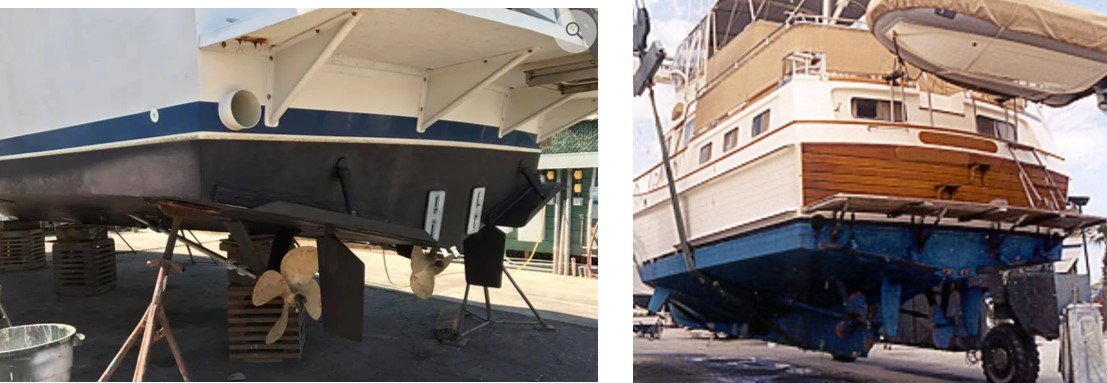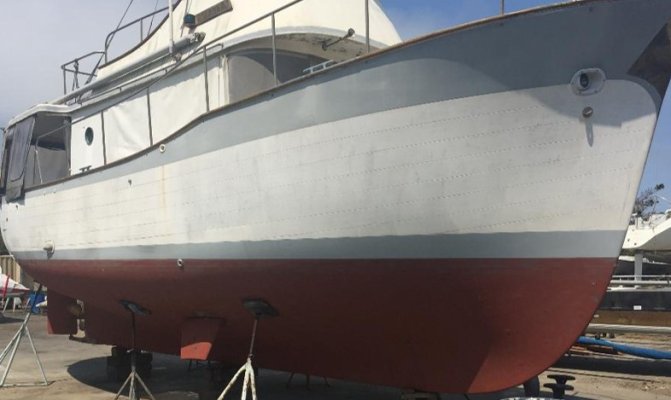PM
Guru
- Joined
- Oct 7, 2012
- Messages
- 3,145
- Location
- USA
- Vessel Name
- Best Alternative
- Vessel Make
- 36 Albin Aft Cabin
I've used this definition before somewhere on T.F. but I think it is fairly accurate, let me see if I can remember it..
When I tell non boating friends that I have a "trawler", they think shrimp boat or seiner, although they don't know what either of these are. If I show them a picture the general response is "Oh, a yacht" ( I cringe at that word)
I think they get a general idea with a very simple definition. " A trawler is heavy, slow and economical". If they are still with me I can add. "heavy in the bow, pretty stable and roomy, and it has a pretty substantial keel".
F.D and Semi D., single, double engine, plaining, relative speed and relative economy all actually play a part but like anchors, can be debated ad nauseum.
pete
When I tell non boating friends that I have a "trawler", they think shrimp boat or seiner, although they don't know what either of these are. If I show them a picture the general response is "Oh, a yacht" ( I cringe at that word)
I think they get a general idea with a very simple definition. " A trawler is heavy, slow and economical". If they are still with me I can add. "heavy in the bow, pretty stable and roomy, and it has a pretty substantial keel".
F.D and Semi D., single, double engine, plaining, relative speed and relative economy all actually play a part but like anchors, can be debated ad nauseum.
pete



 :lol:
:lol:
